New beginnings: Yoshio Taniguchi to redesign his father’s Tokyo Okura Hotel
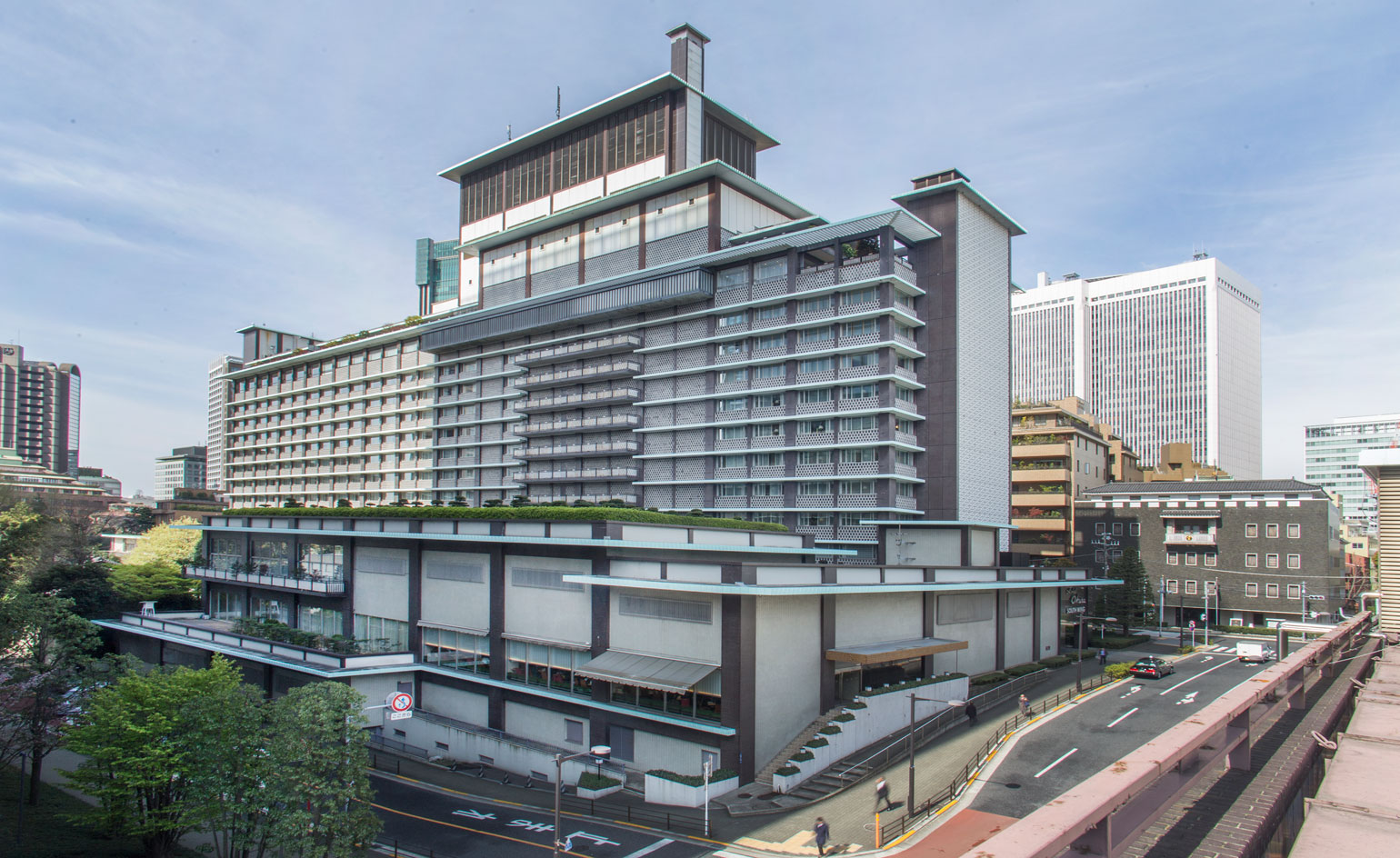
It has been planned for some time, but on 1 September, the magnificent Hotel Okura in Tokyo really is closing to be demolished. Two glass towers will rise in its place, replacing this 1960s gem of Japanese architecture.
Completed in 1962 by a team of five architects led by Yoshiro Taniguchi – who personally designed the welcoming lobby – the hotel was bold and very Western (read: modern) for its time, but with a distinct Japanese aesthetic brought to life by the craftsmen who decorated the space with silk wall coverings, delicate wooden lattice work, specially commissioned tiles, carpets and lighting fixtures. The Okura was a masterfully designed and executed space; a project ahead of its time and an important part of modern Japanese architectural history that, sadly, is soon to be no more.
The Okura was originally opened just in time for the 1964 Olympics. Ironically, it is the forthcoming 2020 games that have prompted the management to scrap and rebuild the lauded structure. The rooms will be slightly bigger (between 30–33 sq m and 48–56 sq m), slightly more numerous (550 rooms from the present 408) and fitted with the latest gadgets, new piping and earthquake proofing. However, pessimistic speculation would posit that the new Okura may lack the detailed, old-school, craft-based charm of its predecessor.
The new design has been put in the hands of Taniguchi's son, Yoshio Taniguchi – a successful architect in his own right, whose approach favours more contemporary, minimalist, clean lines. While the construction takes place, the hotel will operate from the original building's 1973 South Wing addition. For now, it will retain its original appearance, with the classic Orchid bar from the main building and the hotel's restaurants temporarily relocated, offering a chance for the public to visit that seminal interior for a final time.
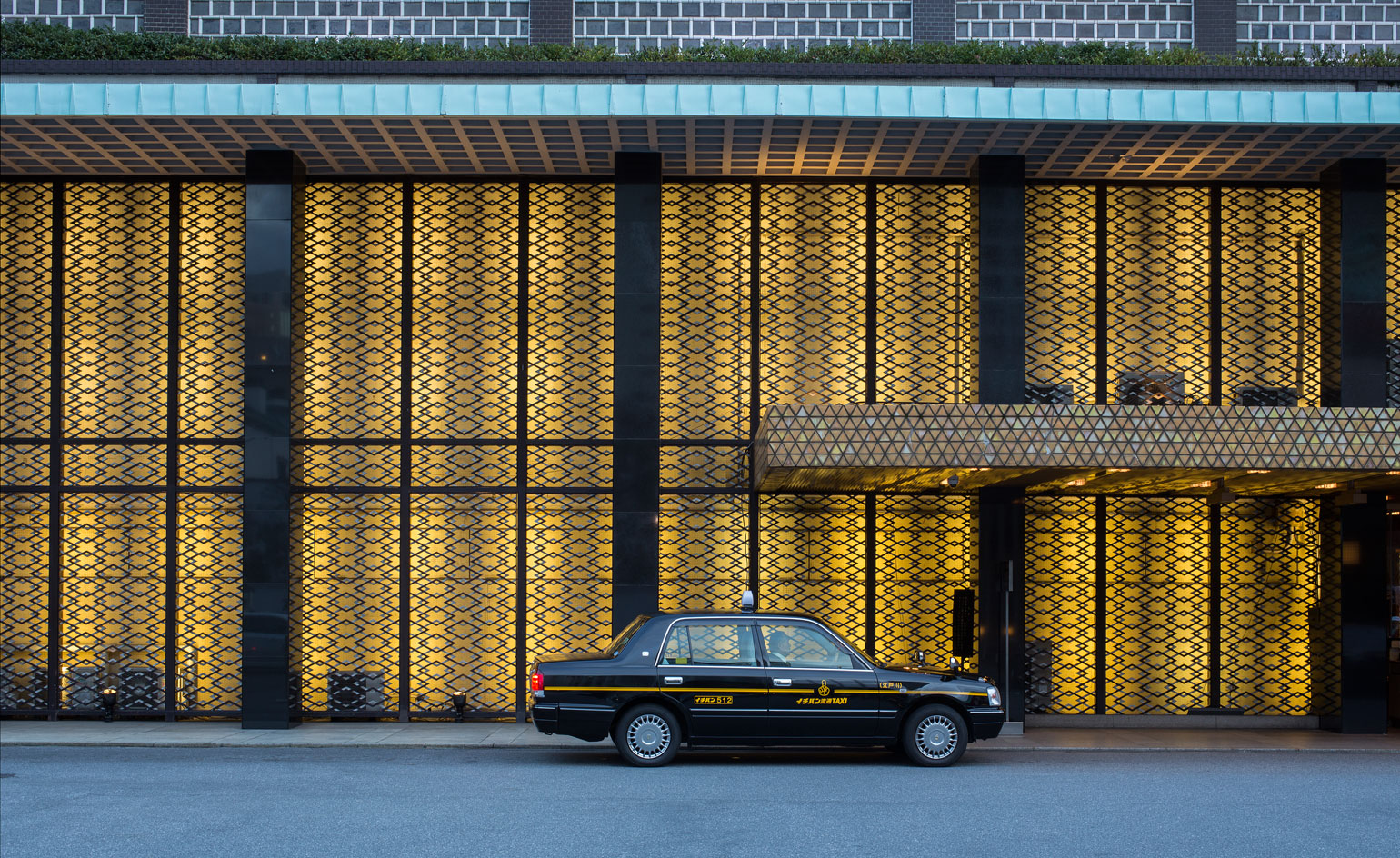
Completed in 1962 by a team led by Yoshiro Taniguchi, the Okura was bold and very Western (read: modern) for its time
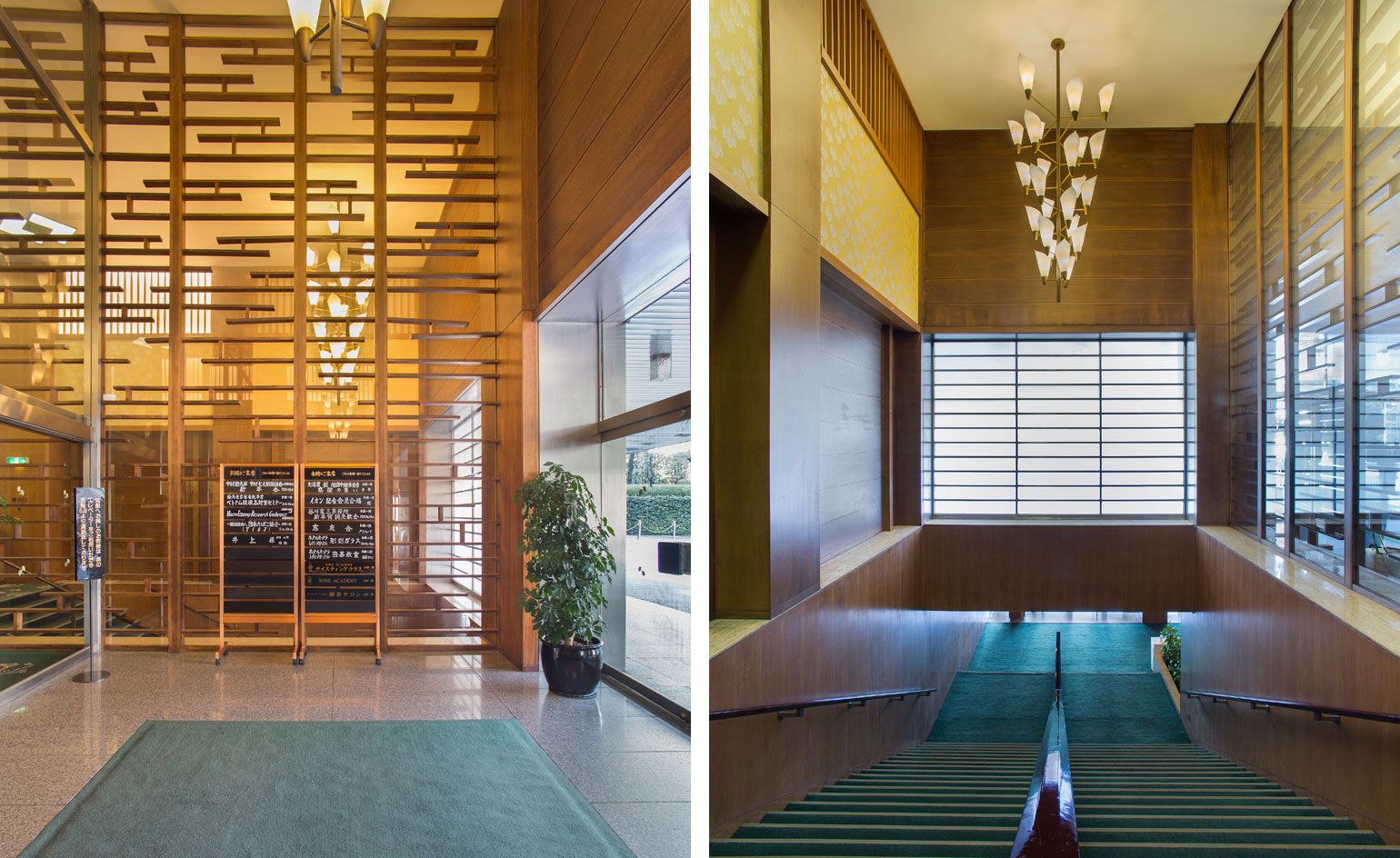
The hotel's distinct Japanese aesthetic was brought to life by the craftsmen who decorated the space with silk wall coverings, delicate wooden lattice work, specially commissioned tiles, carpets and lighting fixtures
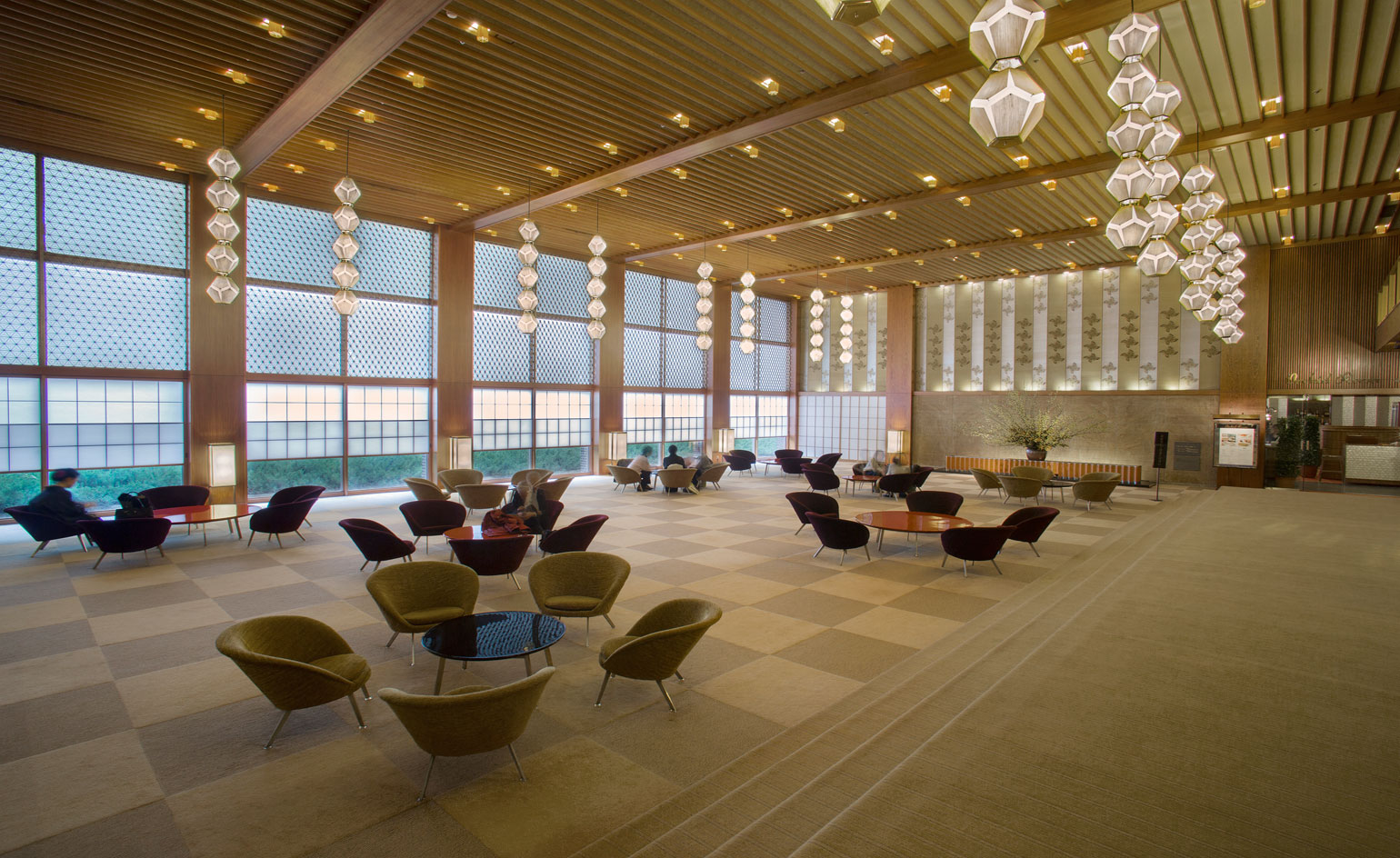
The building was completed in 1962 by a team of five architects led by Yoshiro Taniguchi

The Okura was a masterfully designed and executed space...
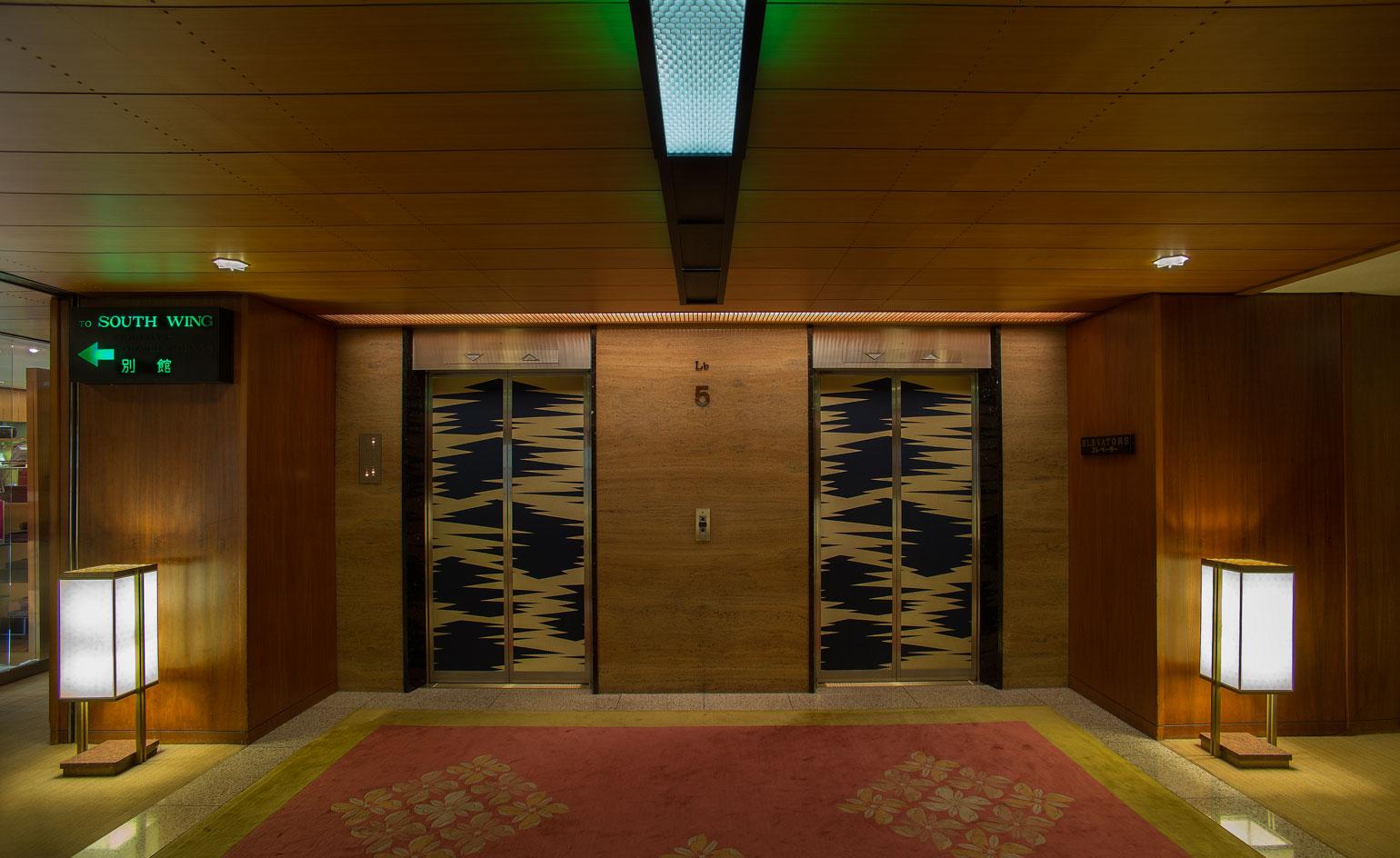
... a project ahead of its time and an important part of modern Japanese architectural history
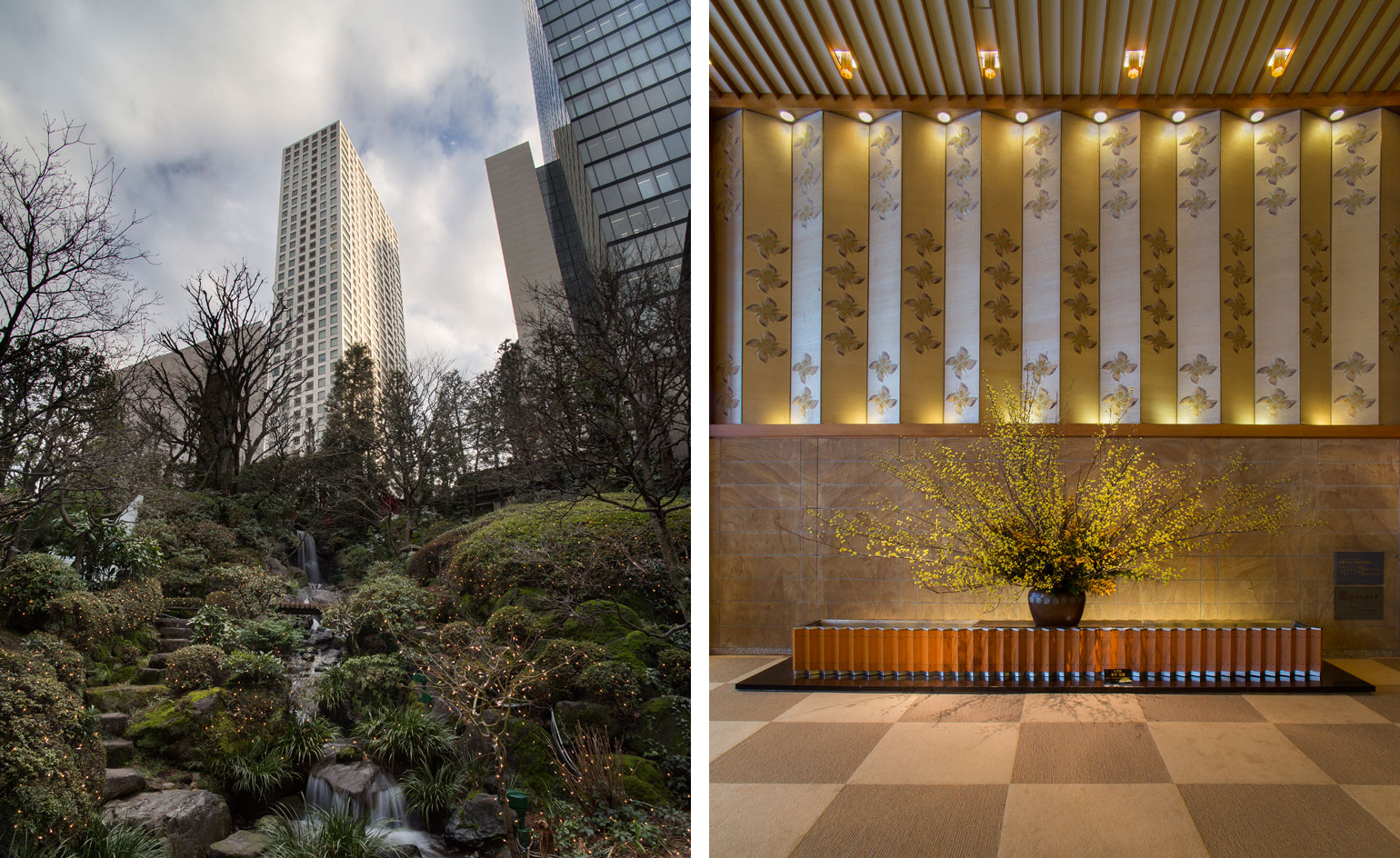
The Okura was originally opened just in time for the 1964 Olympics – but it is the forthcoming 2020 games that have prompted the management to rebuild the lauded structure
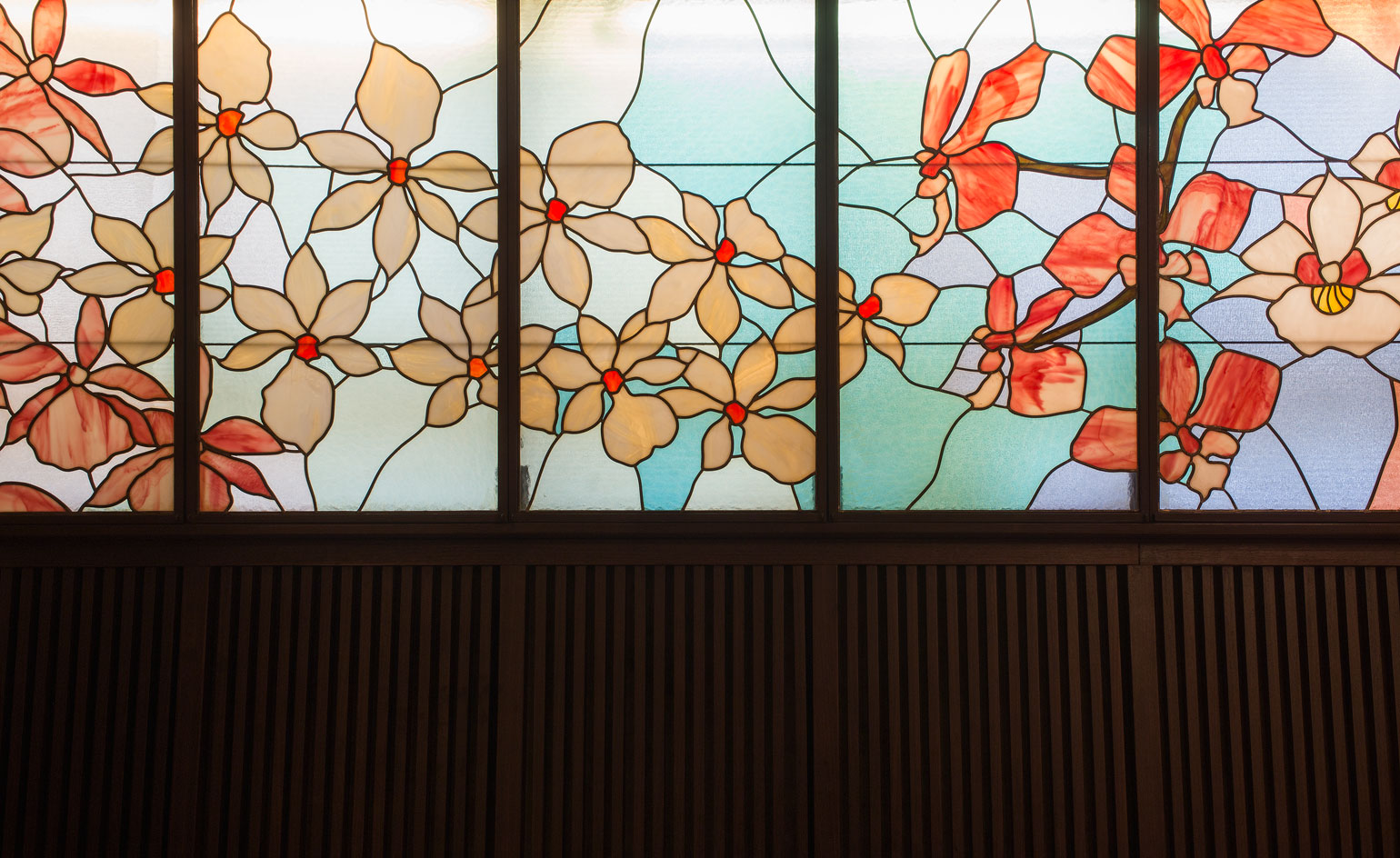
The new design has been put in the hands of Taniguchi's son, Yoshio Taniguchi – a successful architect in his own right
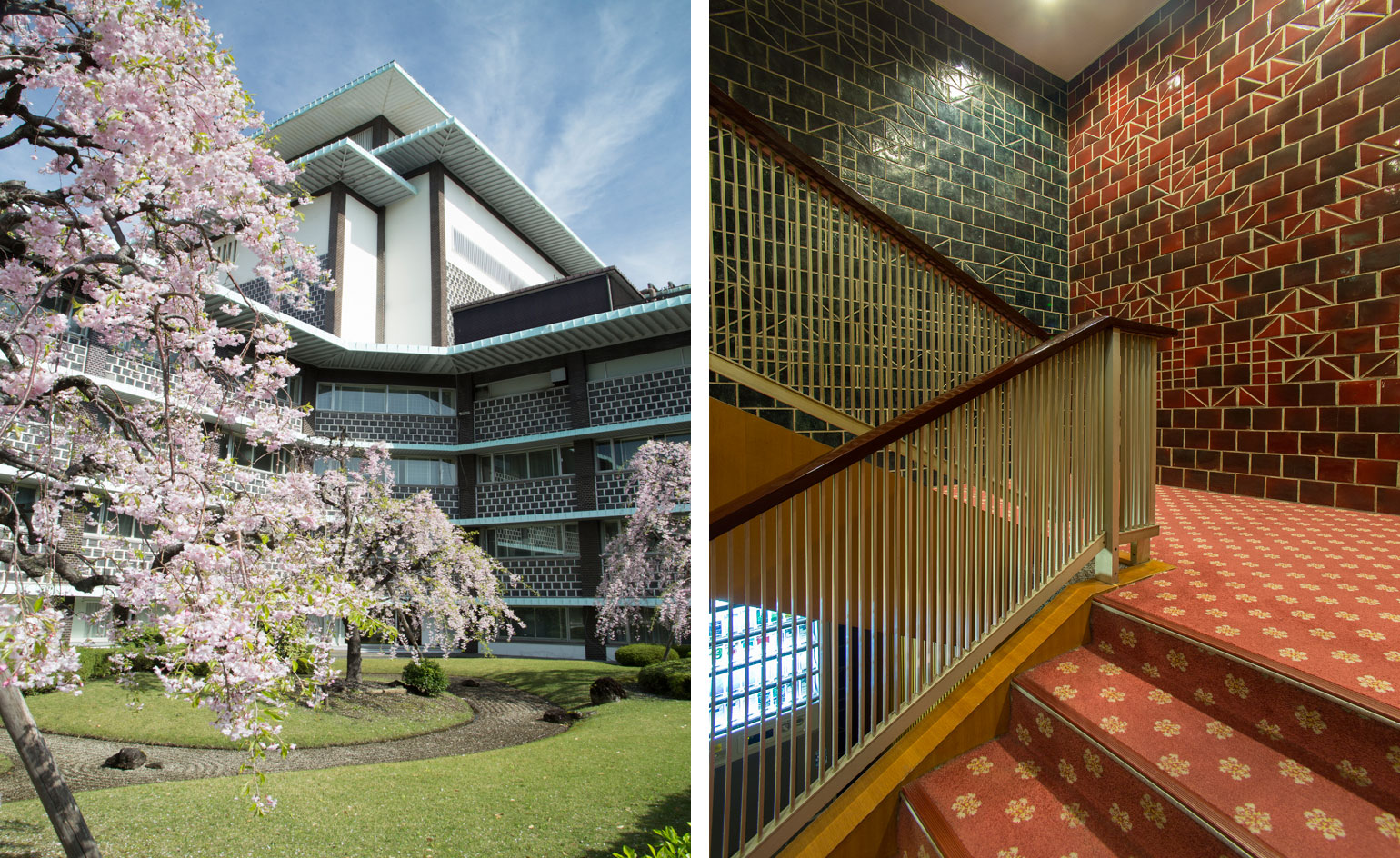
In contrast to his father, Yoshio's approach favours more contemporary, minimalist, clean lines
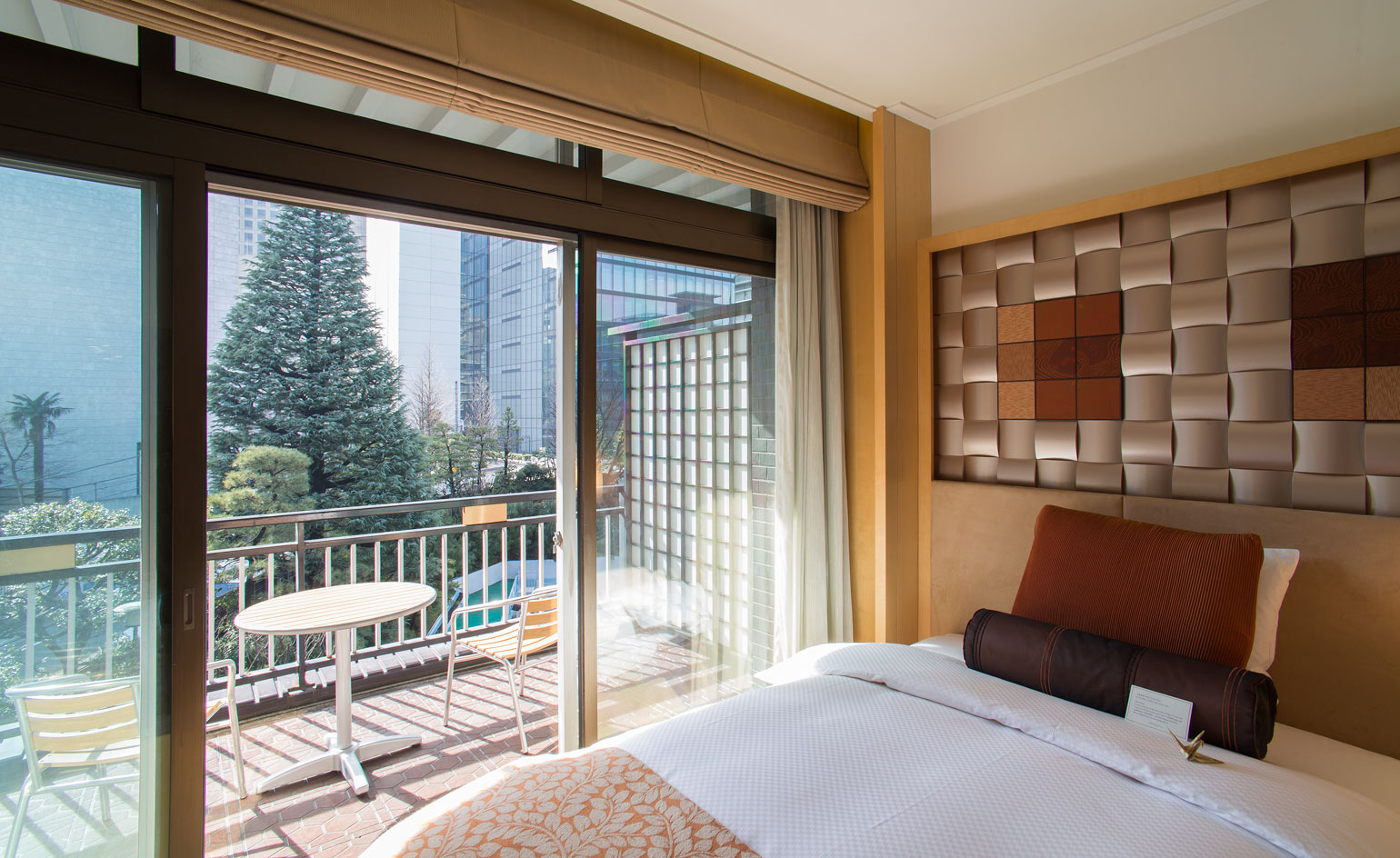
While the construction takes place, the hotel will operate from the original building's 1973 South Wing addition
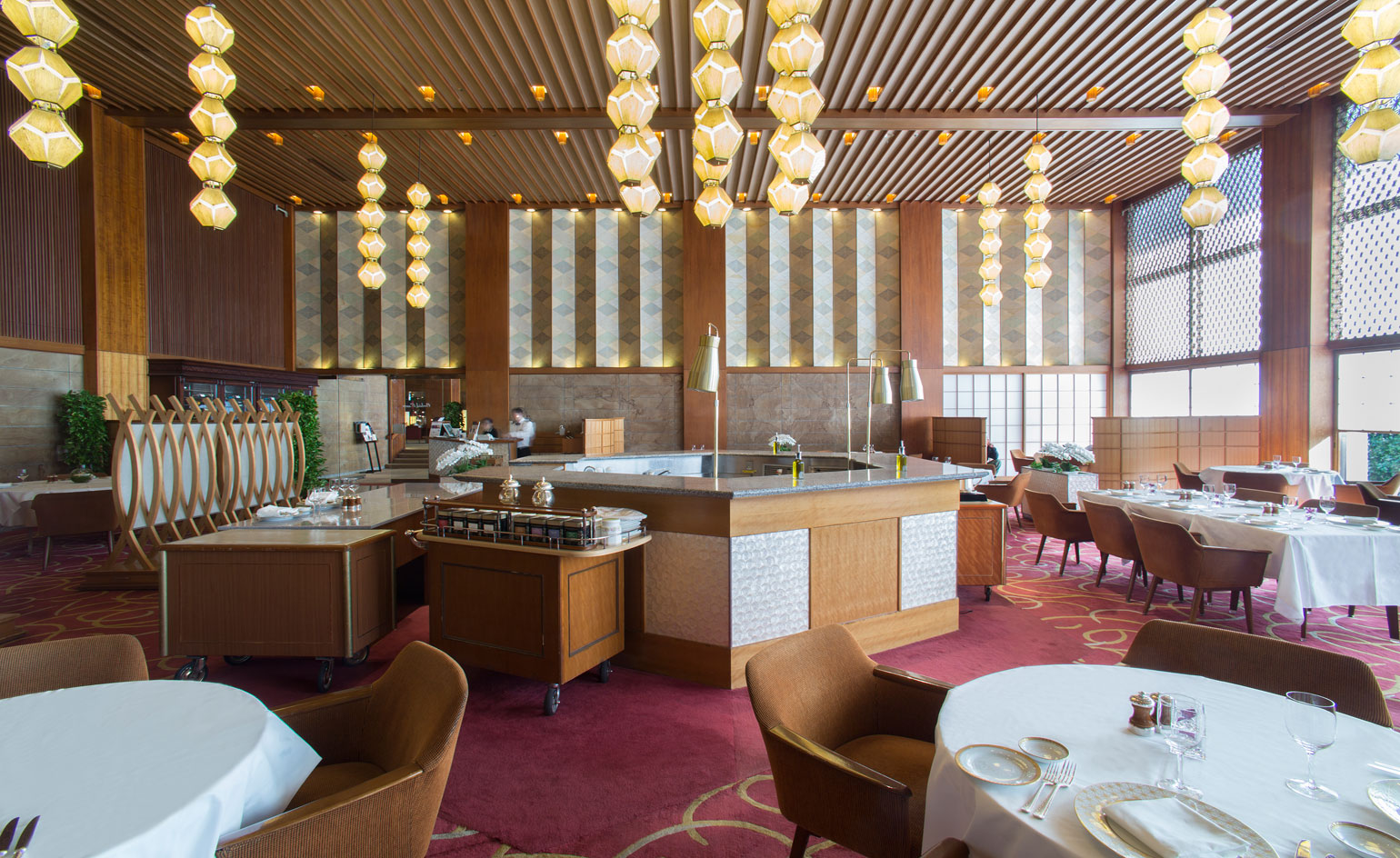
Until the work is complete, the hotel retain its original appearance with the classic Orchid bar from the main building and the hotel's restaurants temporarily relocated
ADDRESS
Hotel Okura Tokyo
2-10-4 Toranomon, Minato-ku
Tokyo 105-0001
Receive our daily digest of inspiration, escapism and design stories from around the world direct to your inbox.
Originally from Denmark, Jens H. Jensen has been calling Japan his home for almost two decades. Since 2014 he has worked with Wallpaper* as the Japan Editor. His main interests are architecture, crafts and design. Besides writing and editing, he consults numerous business in Japan and beyond and designs and build retail, residential and moving (read: vans) interiors.
-
 This cult Los Angeles pop-up restaurant now has a permanent address
This cult Los Angeles pop-up restaurant now has a permanent addressChef Brian Baik’s Corridor 109 makes its permanent debut in Melrose Hill. No surprise, it's now one of the hardest tables in town to book
-
 French bistro restaurant Maset channels the ease of the Mediterranean in London
French bistro restaurant Maset channels the ease of the Mediterranean in LondonThis Marylebone restaurant is shaped by the coastal flavours, materials and rhythms of southern France
-
 How ethical is Google Street View, asks Jon Rafman in Copenhagen
How ethical is Google Street View, asks Jon Rafman in CopenhagenIn 'Report a Concern - the Nine Eyes Archives' at Louisiana Museum of Art, Copenhagen, Jon Rafman considers technology's existential implications
-
 Free flights across Japan? ANA just made it happen
Free flights across Japan? ANA just made it happenA new All Nippon Airways scheme in collaboration with the Japan National Tourism Organization aims to ease overtourism in major hubs by boosting regional travel
-
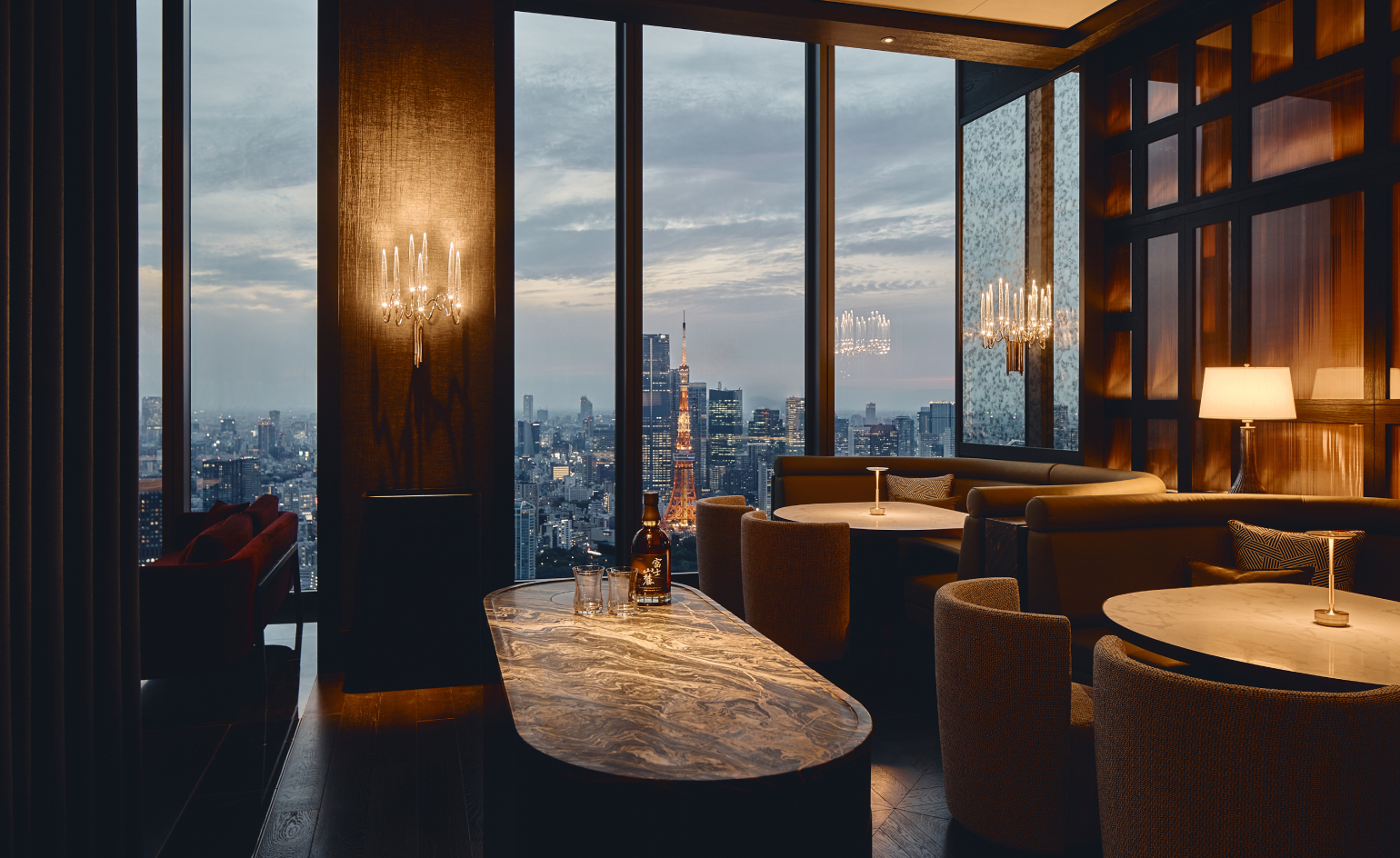 Is this Tokyo’s most alluring new hotel?
Is this Tokyo’s most alluring new hotel?In the world’s busiest capital, a new benchmark for serenity emerges 35 floors above ground. We checked into the Fairmont Tokyo
-
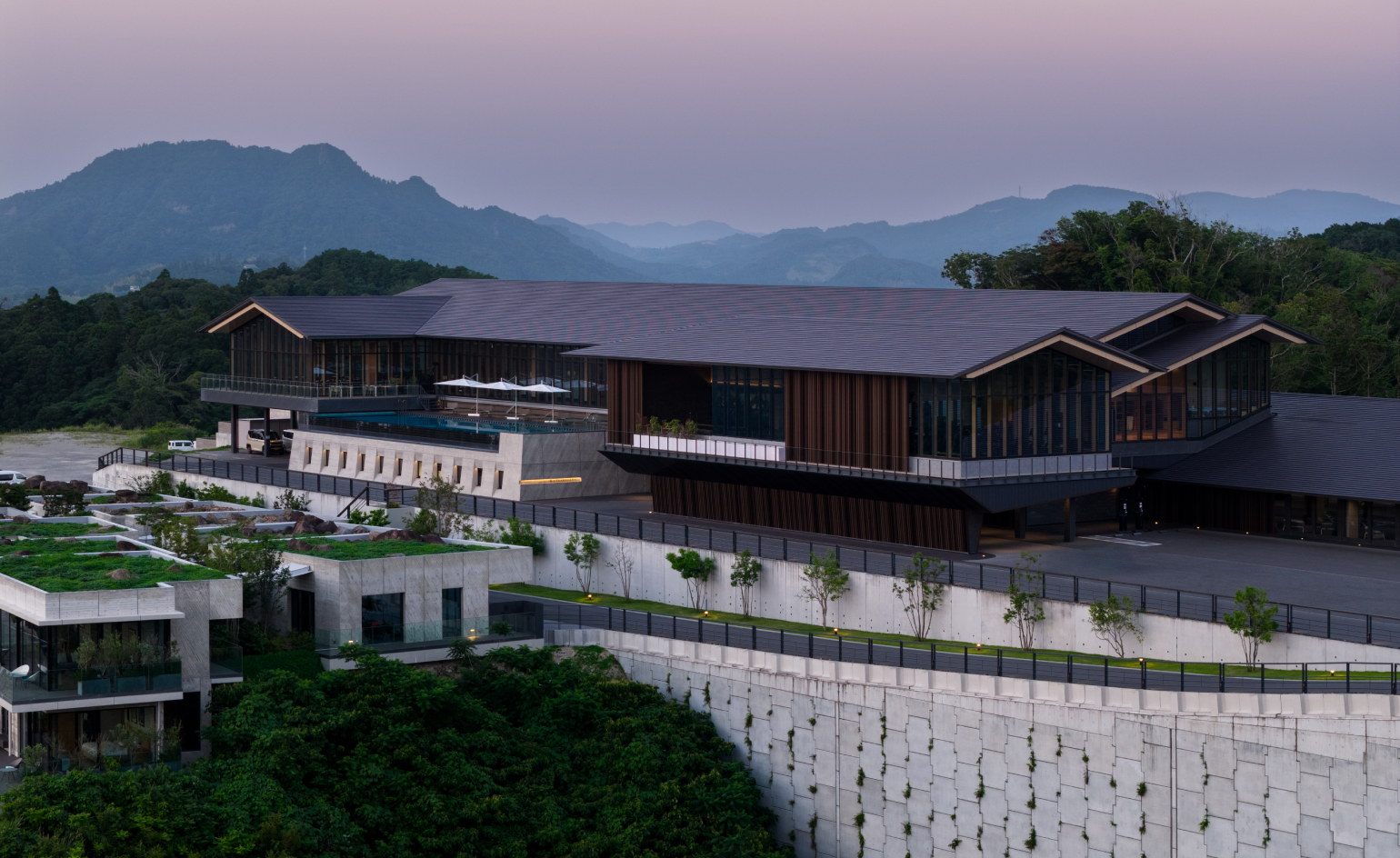 A cinematic members’ club rises in Japan’s forested hills
A cinematic members’ club rises in Japan’s forested hillsJoyce Wang Studio unveils The Magarigawa Club Clubhouse in Chiba
-
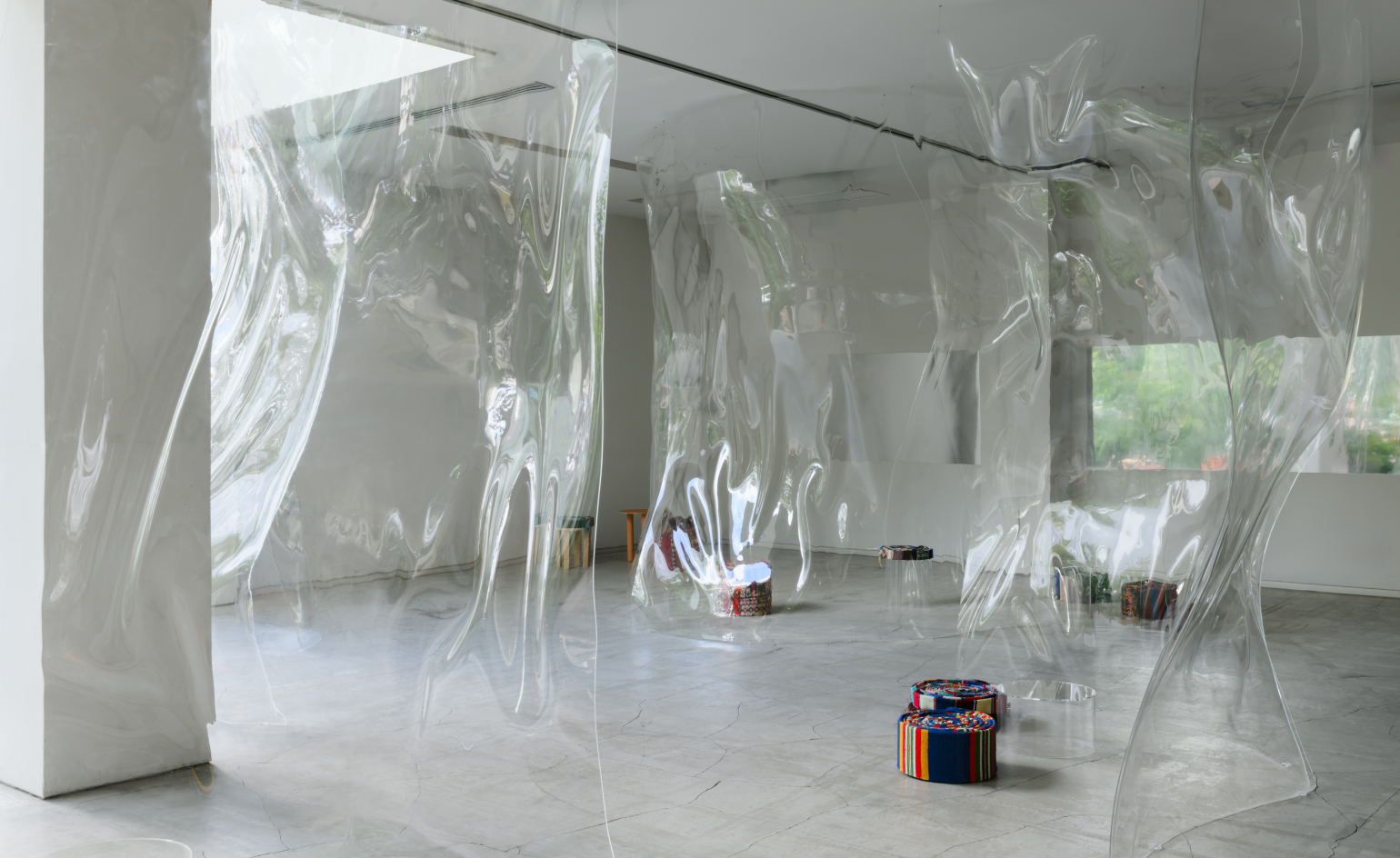 How Ichio Matsuzawa designed the almost-invisible bar defining Art Week Tokyo 2025
How Ichio Matsuzawa designed the almost-invisible bar defining Art Week Tokyo 2025During the 2025 edition of AWT, Wallpaper* met the Japanese architect to explore architecture as sensation, not structure
-
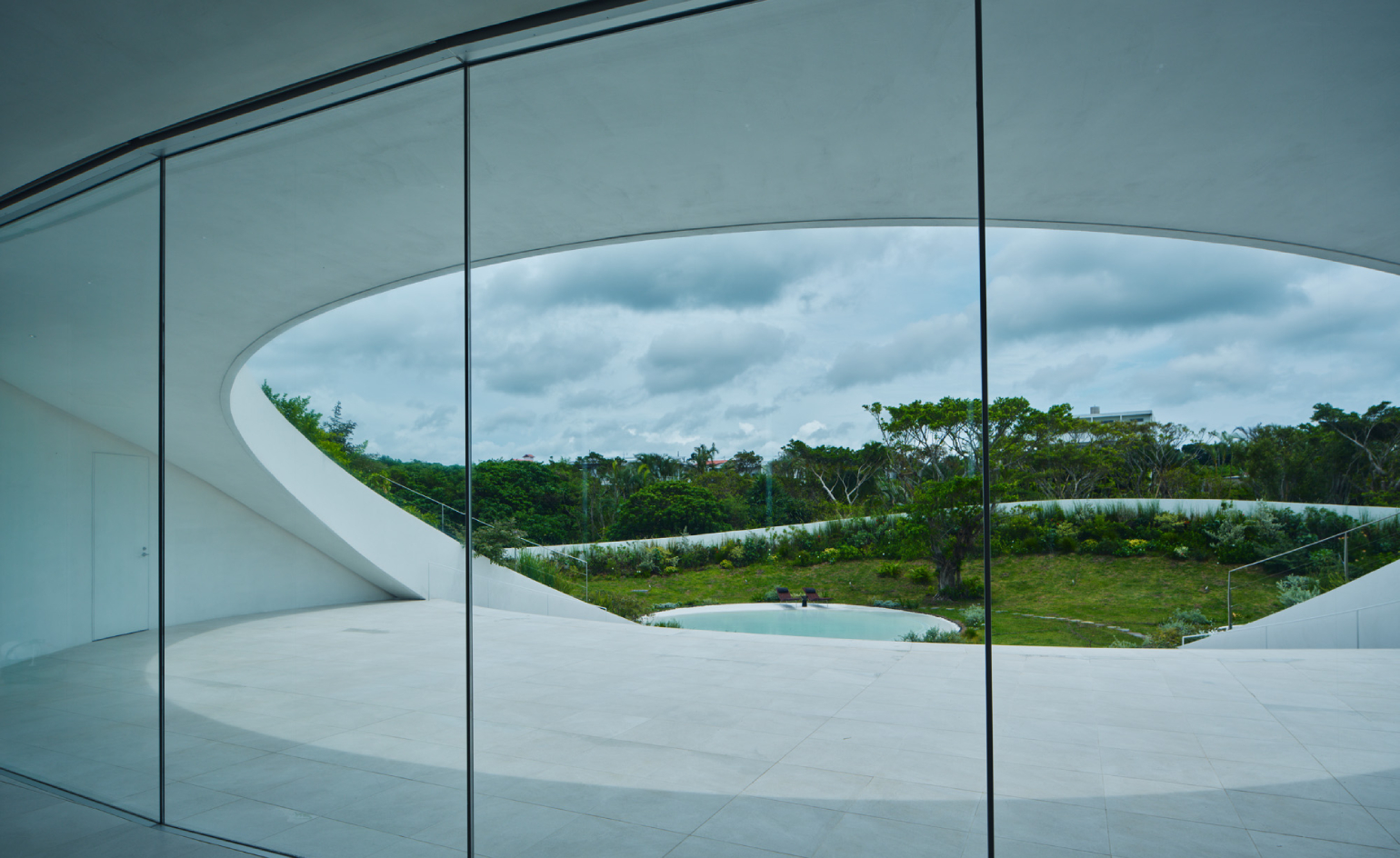 In Sou Fujimoto’s far-flung Not A Hotel villa, solitude feels almost planetary
In Sou Fujimoto’s far-flung Not A Hotel villa, solitude feels almost planetaryAn underwater sauna, an infinity pool and a circular courtyard garden are just a few of the highlights at Not A Hotel’s latest outpost, on Japan’s Ishigaki Island
-
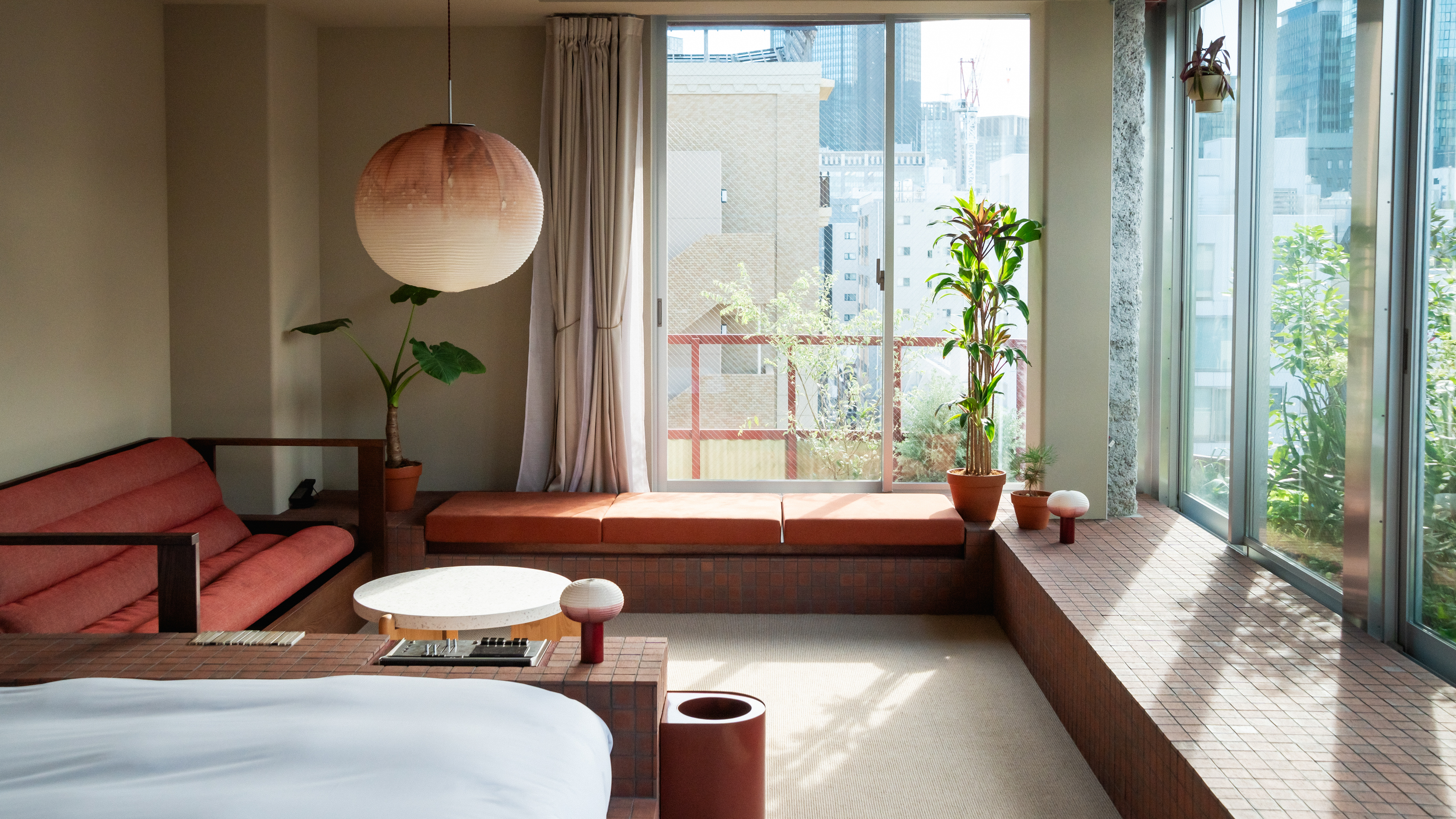 Check into a new pocket-sized Tokyo hotel
Check into a new pocket-sized Tokyo hotelSoil Nihonbashi Hotel brings greenery, warmth and a neighbourhood spirit to a quiet corner near Tokyo Central Station
-
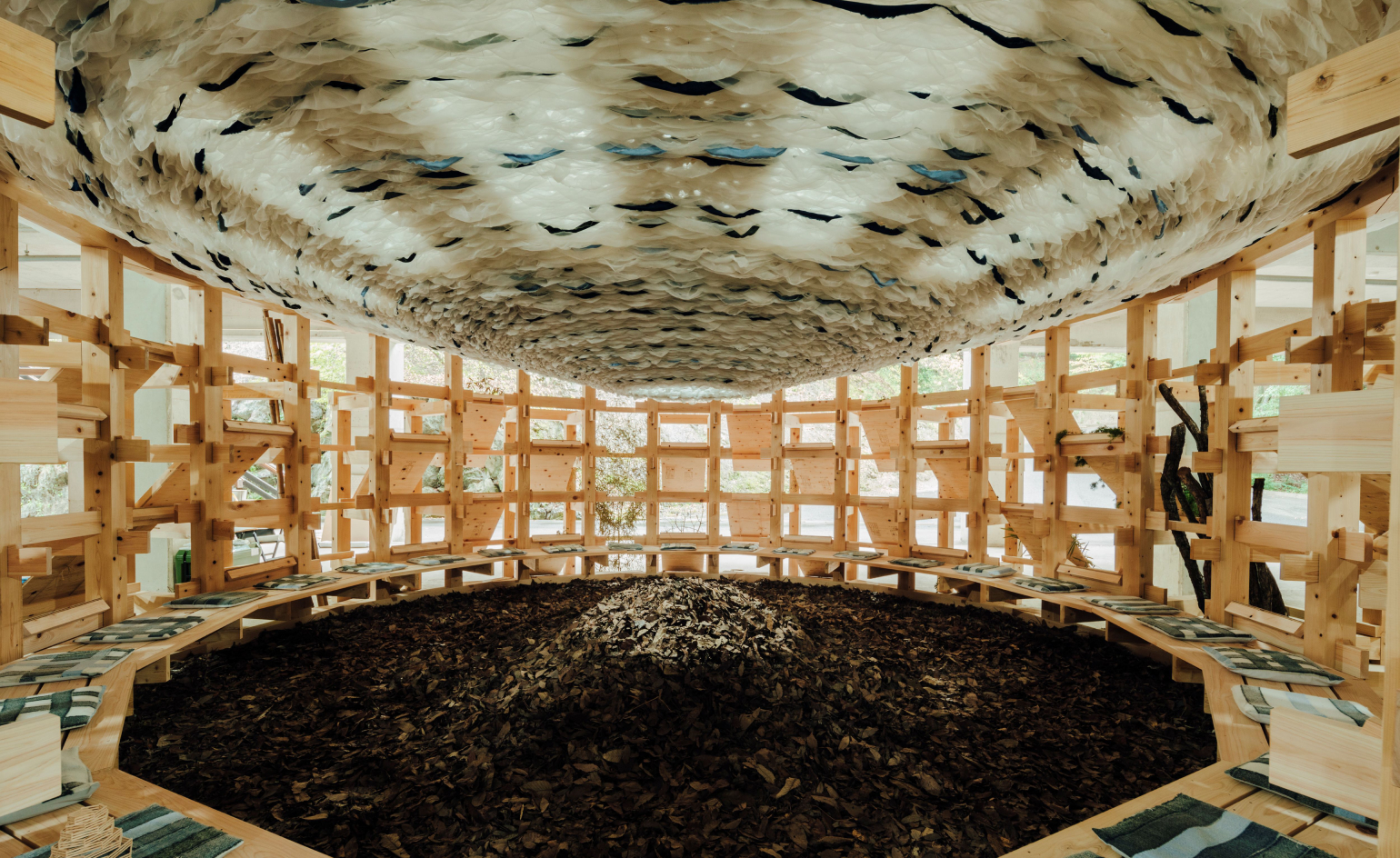 Explore Hiroshima through the eyes of those who rebuilt it
Explore Hiroshima through the eyes of those who rebuilt itJapan’s architectural phoenix continues to rise. ‘The Hiroshima Architecture Exhibition 2025’ explores a legacy of memory and modernism across 23 architects and artist groups
-
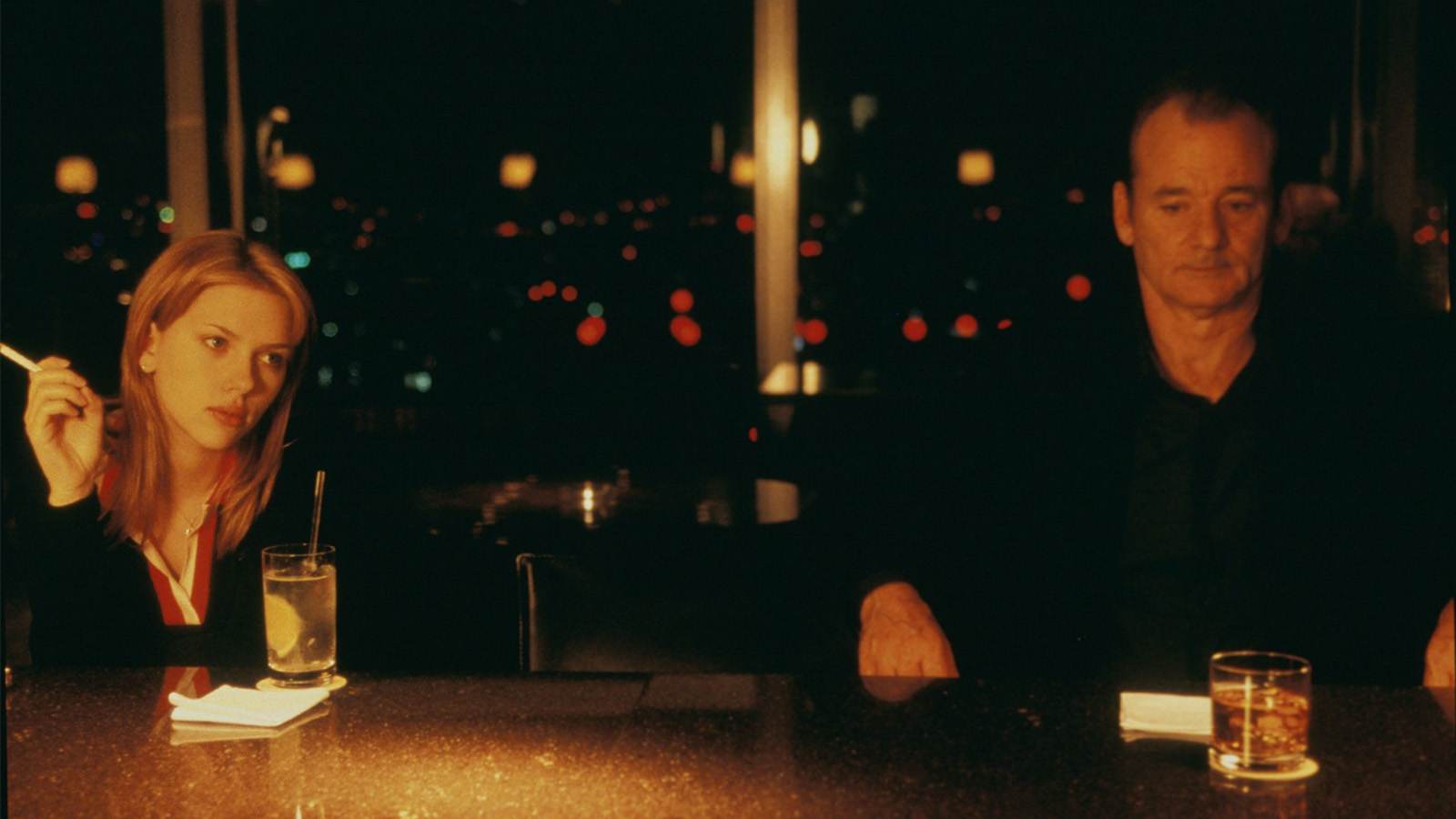 Will the revamped Park Hyatt Tokyo keep its cinematic soul?
Will the revamped Park Hyatt Tokyo keep its cinematic soul?As Park Hyatt Tokyo prepares to reopen after an extensive transformation, film fans wonder: will it still evoke Sofia Coppola’s dreamscape?